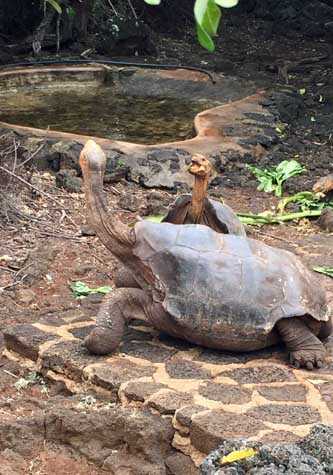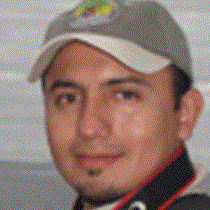Today we stayed anchored at Academy Bay in Santa Cruz Island for the entire day. Our expedition took place at the Charles Darwin Research Center and in the Highlands, so we were able to see two contrasting regions, and we learned more about the people of the Galápagos. It was a very special day for all guests, because after exploring the remote areas full of unique flora and fauna in the National Park these last few days, all of the sudden we are back in civilization. This island that has a little bit of everything, with unique flora and fauna as well, but mixed with human culture.
Early in the morning, right after breakfast, we all went to the headquarters of the National Park and the Darwin Station, where we were able to visit the giant tortoise rearing center. Our guests were amazed to learn about the conservation efforts at work here, supported by the government of Ecuador. It was very special to see the rearing program of giant tortoises, step by step; from the little hatchlings to the youngsters that will soon be released back to their islands of origin. This is perhaps one of the most successful programs of conservation in the world; during the last four decades, more than five thousand tortoises have been repatriated to different islands, ensuring their survival as well as restoring the ecosystem in the archipelago.
In the afternoon, before going for lunch, “El Trapiche” became our first stop. This is a small farm that grows many crops, such as coffee and sugar cane. A local family was very kind to showing us the multitude of products that can be made out of the sugar cane juice. Shortly afterwards, we had lunch in a local restaurant, situated in the highlands at almost one thousand feet of altitude. After lunch, we went out into the field to explore the land tortoises’ territory and the lava tubes. It was a very successful visit, as many giant tortoises were found, roaming freely in grassland. It was for a great experience to round out our exploration of the day, to start with tiny baby tortoises at the rearing center, and finally to see adult tortoises in their true habitat on Santa Cruz Island.







